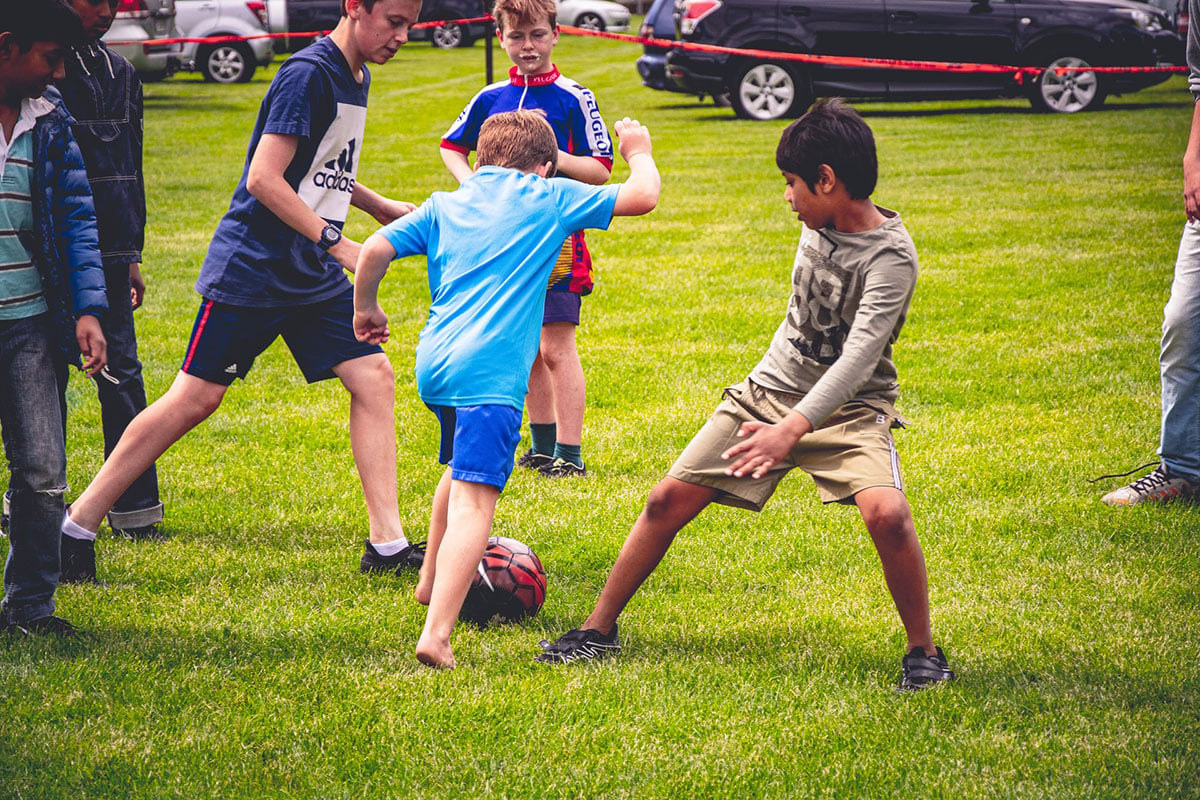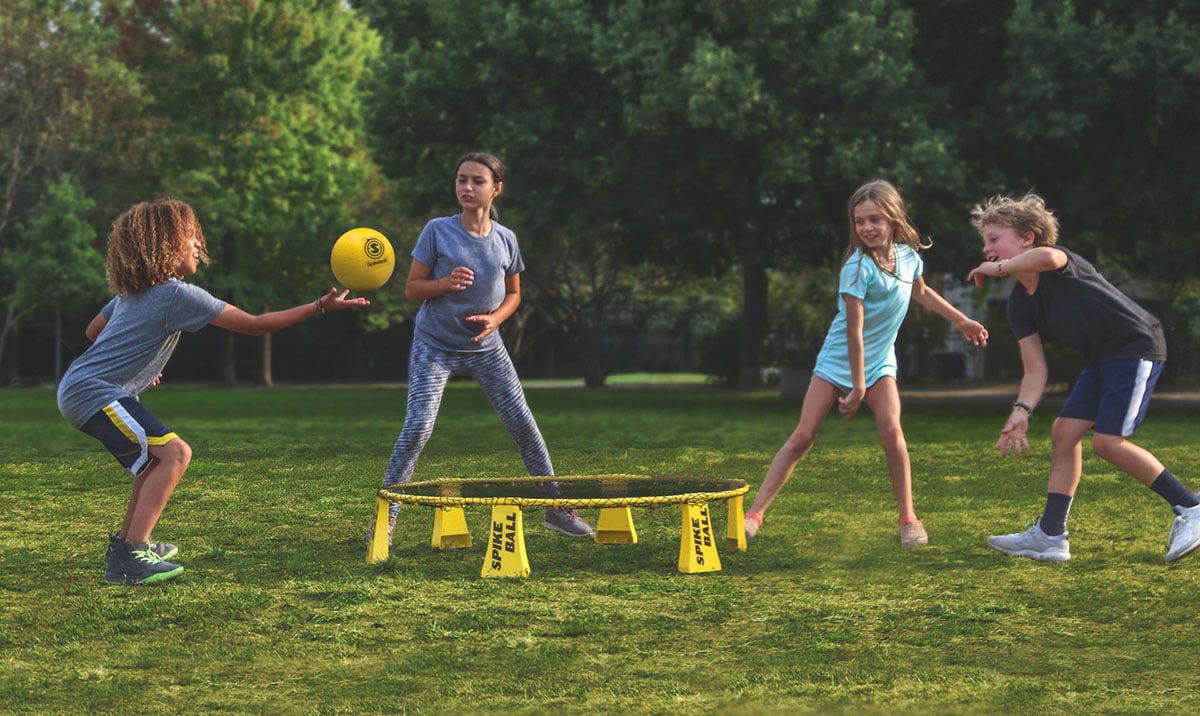17 Afterschool Games Both for Indoor and Outdoor Activities
The importance of leisure and recreation in infant and adolescent development cannot be understated. It’s known that appropriately structured programs and activities provide opportunities for people of all ages to develop identity, autonomy, competence, and skills in leadership, choice, and initiative.
As part of an effective educational and developmental strategy, it’s critical to balance school life with afterschool program ideas that maximize these opportunities. Here we have a list of 17 afterschool games that can be planned for both indoor and outdoor activities.
Afterschool Games
Games can be a very cheap and effective way to stimulate children of all ages. They’re ideally quick to set up, don’t cost much, and can be played indoors or outdoors, as desired. Here are some suggestions of games to play that have added benefits to child development.
For Gradeschoolers
- Treasure hunt – this game requires minimal setup and can be played inside or out. Simply hide one or more ‘treasures’ inside a safe venue and encourage the children to look in imaginative places for it. This game is both mentally and physically stimulating and can be modified for older children too.
- Problem Solver – Make the best of this game using physical items, and an imaginary scenario. Encourage children to work on a solution to a problem such as defeating a monster or unlocking a magic door with the props provided. This encourages teamwork, imagination and interaction with the physical world.
- Collaborative writing – have kids start a story with a sentence and pass the paper to the next child. Allow each one to add to the story with their own contribution and compose a unique and usually hilarious or nonsensical story. This improves writing skills (although it can be done verbally where necessary), focuses on teamwork, and inspires imagination.
For Teens and Young Adults
For these demographics, games can become more physical, or more intellectual. Focusing on collaboration, or addressing some of the inevitable insecurities around social skills and public speaking that often emerge at this age, is a beneficial strategy.
- Treasure Hunt – This game is almost universally applicable. To make it more interesting for teens, provide a clue to the treasure or its location, rather than simply leaving them to look. Incorporate points from lessons such as historical references or encourage them to research the answer to find the treasure. For enhanced teamwork, separate into teams of researchers.
- Boardgames – games like Settlers of Catan and Zombicide combine teamwork and collaboration with critical thinking and problem-solving. They can be played indoors, and for multiple hours, and can be combined with imaginative scenarios to encourage artistic expression.
- Charades – This game takes very little setup (there are even apps to make suggestions) and can be played in teams. It’s a great way to teach social presence and public speaking, and to encourage young adults to come out of their shells. It can be played inside and outside.
- Murder Mystery Games – These can come as a prefabricated kit, or you can design your own. They’re an excellent opportunity to engage in roleplay, problem-solving, and teamwork and can be very engaging as a group activity. Incorporate as much drama into the scenarios as you like, with costumes, props, and storytelling.
- Slip n’ Slide – If the weather is nice, this is a simple and cheap way to let people blow off some steam. Set down some plastic sheeting on a gentle slope, add dishwashing liquid and a hose and you’ve got a low-budget (relatively) safe water slide that should provide a physical outlet and the chance to develop some team games too.
Afterschool Program Ideas
For a deeper and more interactive opportunity for learning, there are numerous ways to run afterschool programs. These typically revolve around learning a new, valuable skill, and help students interact with their peers and their environment in beneficial ways too.
For Elementary schoolers
- Swimming lessons – teach a life-saving skill in a fun environment and develop coordination at the same time. These programs build confidence and are a great way to incorporate important learning with fun games, indoors and out, at the local pool.
- Group Choir – Learning to hold a tune and sing in a group incorporates an introduction to music and performance at an early age, and takes minimal setup. Songs are readily available at any age, and with a little forethought, percussion instruments can be included to add an interactive element.
- Crafts – A good example of a tactile experience mixed with art. Pasta and glue, finger painting, stamp patterns, and plenty more opportunities for a low-budget artistic program for young kids to express themselves.

For Teens and Young Adults
For older children and young adults, programs should be focused on growing a skill set that will carry them through a shift towards independence and real-world experiences. Longer attention spans also mean that courses can go on for longer, and specialities can start to emerge.
- Museum Visits – Themed with class content, these can be one way in which to bring studies to life. There are so many opportunities for discussion and forming educated opinions on a diversity of topics while getting a memorable experience that helps to cement knowledge and form beliefs.
- Camping Trips – Practicing being away from home and living simply and independently, camping trips can include many other games and activities in a new environment. It’s also a practice in cohabitation and can be combined with older groups to help socialize teens with young adults.
- Calisthenics classes – An early entry into fitness can pay dividends, and calisthenics is accessible to almost everyone at a very low price. Bodyweight exercises and making use of parallel bars that can be easily installed or found in many parks are interactive ways to teach the benefits and techniques to maintain a healthy body and can be used as an opportunity for competitions.
- Assault courses – These are not always accessible and aren’t cheap to set up yourself, but if you have access to a course in your area, they can be a perfect chance to burn off some energy, and forming teams brings a dimension of collaboration and social skill into the mix. It’s also very physical, which helps to let off some steam where necessary.
- Cooking Classes – Incorporate education on nutrition and healthy living with learning the tools to apply it. This is a tactile and collaborative way to provide a life skill for people who are soon entering the adult world. It’s also an opportunity to discuss the impact of where our food comes from and responsible consumerism.
- Band practice – Playing an instrument is one thing, playing collaboratively in a band is another. This is teamwork in one of its most artistic forms and helps develop public confidence, coordination, and social skills, while potentially inspiring a new generation of musicians.
Conclusion
Afterschool program ideas should be cost-effective, stimulating, and engaging while teaching valuable life skills wherever possible. Balancing education with other, less quantifiable developmental targets is the key to designing effective aftershool strategies. With a little thought, it’s a simple task to provide low-budget tools in an entertaining manner without sacrificing quality.
The above list gives a few examples that cover all ages, but there are so many more to choose from. The important thing is to balance cost and organizational simplicity against benefit and to bring as much value to young people’s development as possible.
However you plan to run your programs, Curacubby can help. From registration to invoicing, and enhanced communication, the all-in-one platform keeps everything accessible and straightforward.








